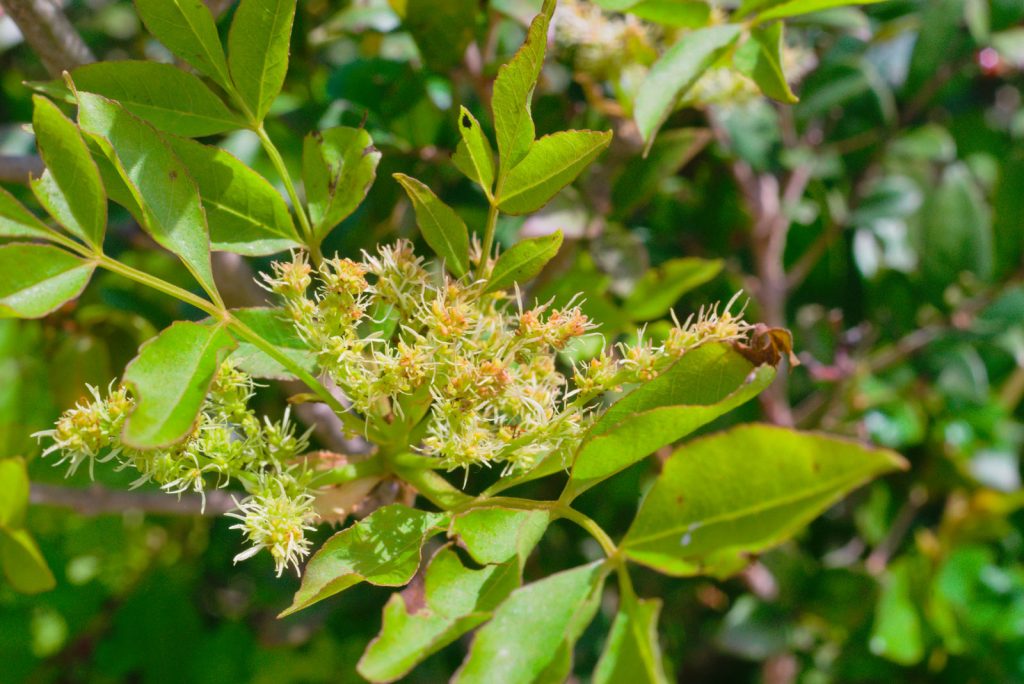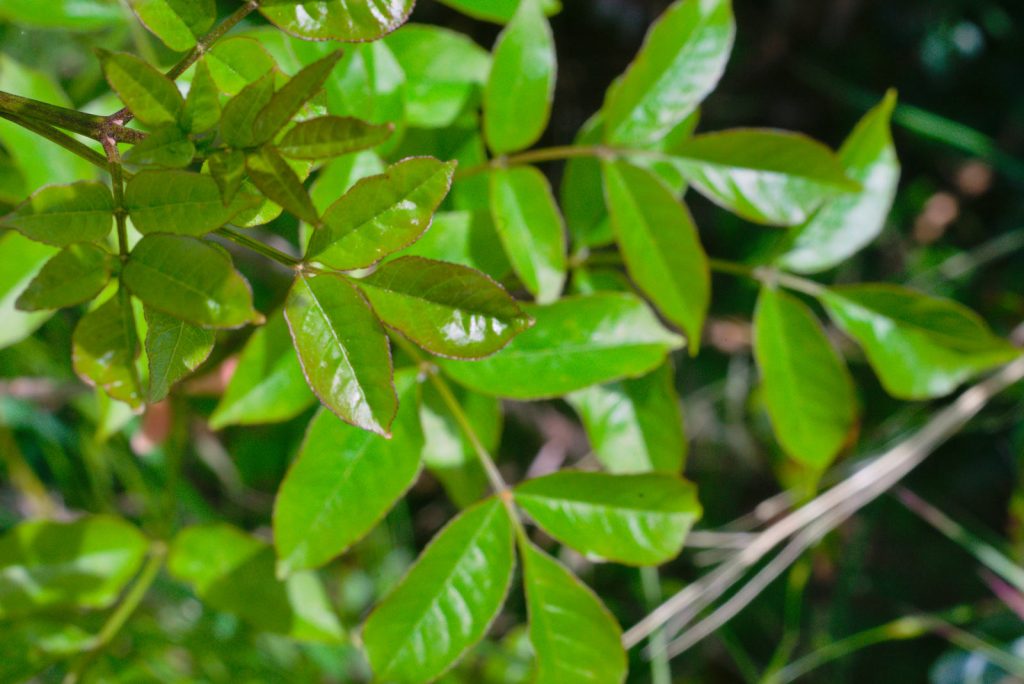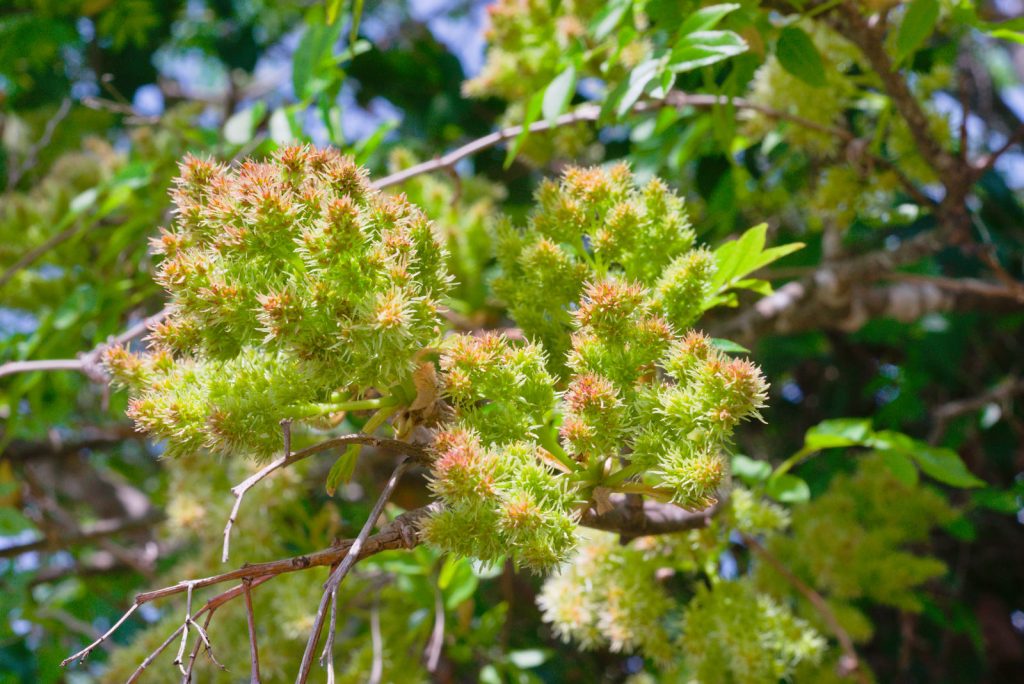Manna Ash (Fraxinus ornus)
The Manna Ash (Fraxinus ornus), also known as Flowering Ash, is a deciduous tree native to southern Europe and southwestern Asia. It grows to a height of 30 to 50 feet (9 to 15 meters) with a rounded crown that provides moderate shade. The tree’s bark is smooth and gray when young, becoming fissured and darker as it matures. Its leaves are pinnate, consisting of 5 to 9 leaflets that are each about 2 to 4 inches (5 to 10 cm) long, with serrated edges and a dark green color.
In spring, the Manna Ash produces large clusters of fragrant white flowers. These flowers, which bloom in dense, showy panicles, are a major attraction for pollinators such as bees. The tree later produces winged seeds, known as samaras, which are dispersed by the wind. The Manna Ash gets its name from the sweet sap that can be extracted from the trunk, known as “manna,” which has been used traditionally as a natural sweetener and in medicine.
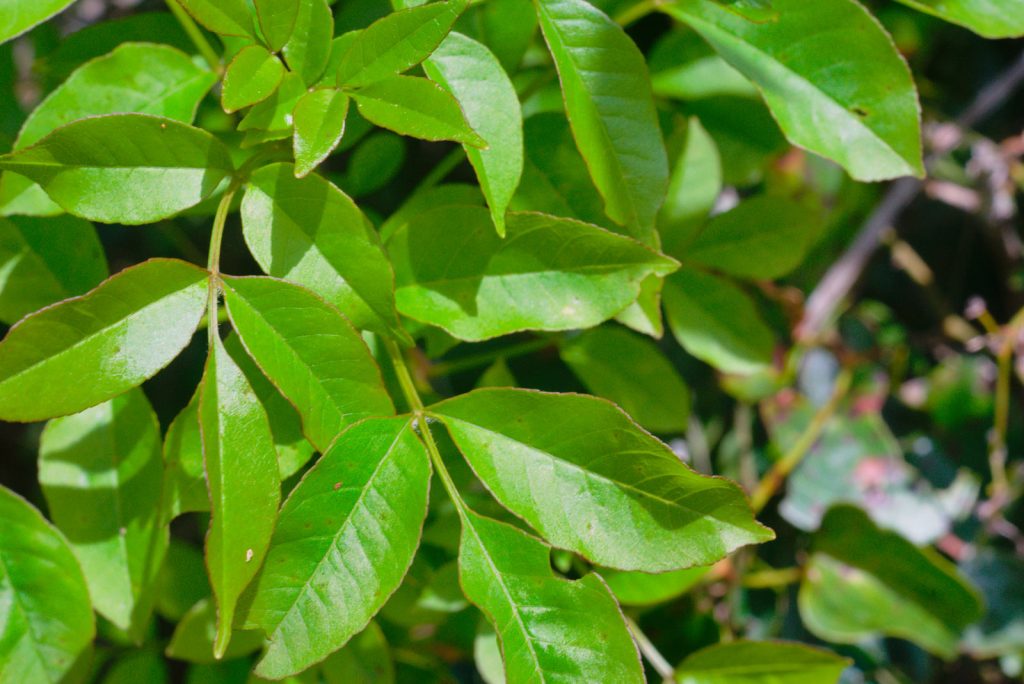
Manna Ash thrives in well-drained soils and prefers full sun to partial shade. It is adaptable to various soil types, including clay and sandy soils, and can tolerate periods of drought once established. The tree is commonly found in Mediterranean woodlands, often growing alongside other broadleaf trees. Its ability to thrive in poor soils and withstand urban pollution makes it a popular choice for street planting and landscaping.
In addition to its ornamental value, the Manna Ash has ecological and economic importance. It provides habitat and food for various wildlife species, including birds and insects. The tree’s timber, although not as durable as other ash species, is still used in carpentry and for making tools. Its sweet sap, historically harvested for its medicinal properties, continues to be valued in some traditional practices.
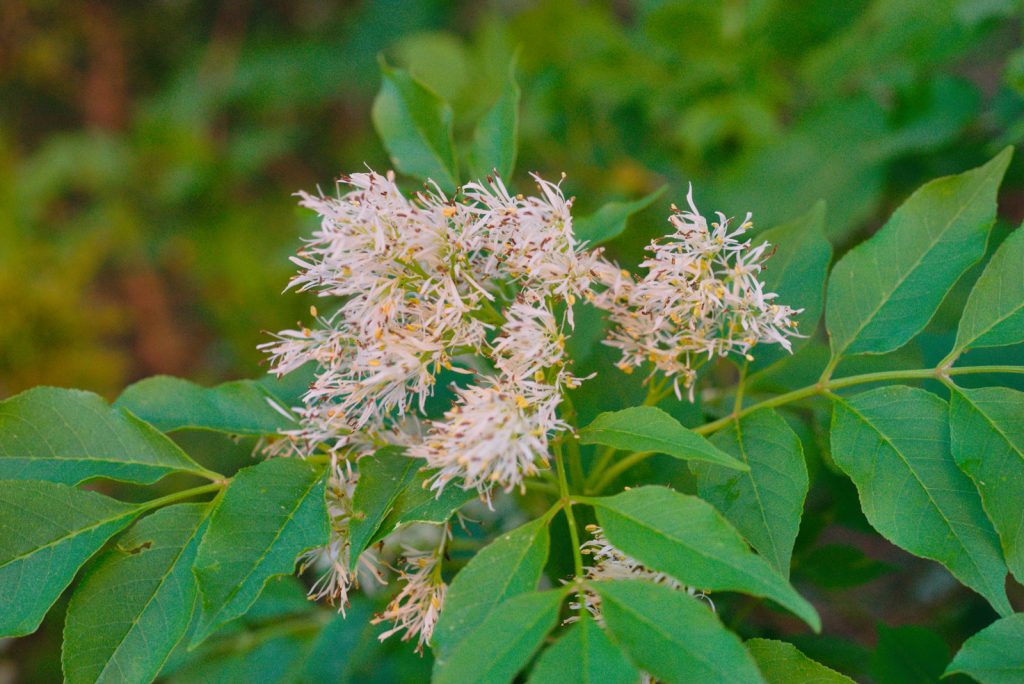
Scientific Classification of Manna Ash
| Kingdom | Plantae |
| Clade | Angiosperms |
| Clade | Eudicots |
| Order | Lamiales |
| Family | Oleaceae |
| Genus | Fraxinus |
| Scientific Name | Fraxinus ornus |
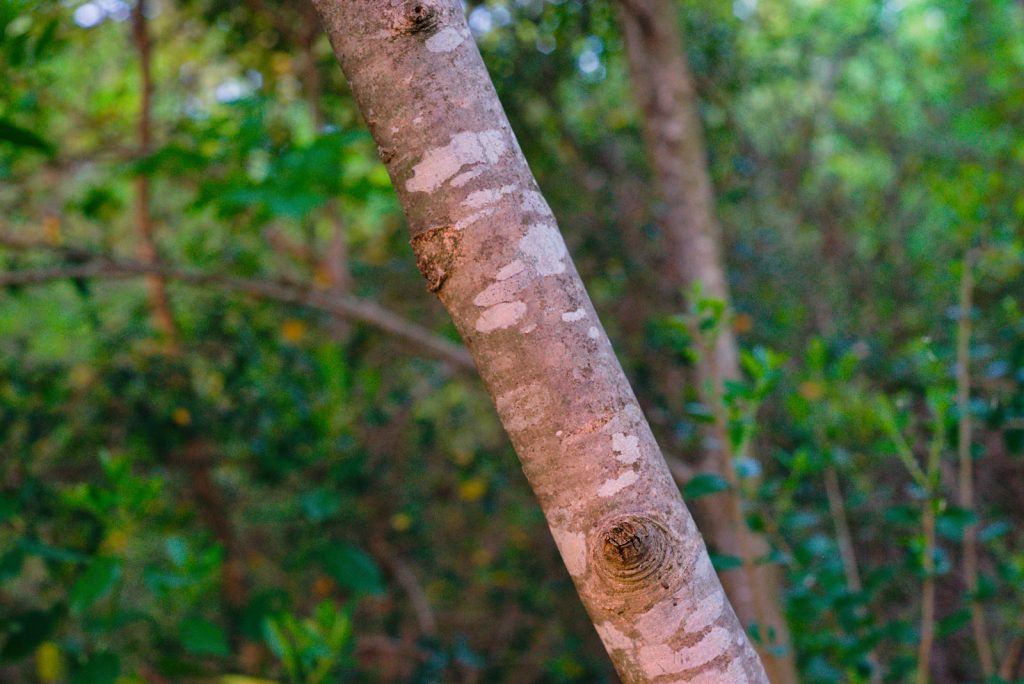
Quick Information
| Plant Type | Deciduous tree |
| Identification | Height: Typically 30 to 50 feet (9 to 15 meters) tall Leaves: Pinnate, 5-9 leaflets, 2-4 inches (5-10 cm) long, serrated, dark green Stem: Smooth, gray bark when young, becoming fissured with age Flowers: Fragrant white flowers in dense panicles, blooming in spring Roots: Shallow but wide-spreading root system Growth Habit: Rounded crown Crown: Moderately dense and rounded |
| Distribution | Native to southern Europe and southwestern Asia |
| Habitat | Grows in well-drained soils, often found in Mediterranean woodlands and urban areas |
| USDA Hardiness Zone | 6 through 9 |
| Growth Rate | Moderate; typically grows about 12-24 inches (30-60 cm) per year |
| Lifespan | Medium-lived; typically 100-150 years |
| Growing Conditions | Sunlight: Full sun to partial shade Soil: Well-drained, adaptable to clay and sandy soils Water: Drought-tolerant once established, prefers moderate moisture |
| Drought Tolerance | Moderate; withstands dry periods once established |
| Diseases | Susceptible to ash dieback, fungal diseases, and powdery mildew |
| Pests | Vulnerable to emerald ash borer, aphids, and scale insects |
| Reproductive System | Monoecious; produces both male and female flowers |
| Propagation | Through seeds or cuttings |
| Wildlife Value | Provides habitat and food for birds, insects, and small mammals |
| Uses | Timber for carpentry, traditional medicine (manna sap), ornamental planting, street trees |
| IUCN Conservation Status | Not currently listed as threatened; commonly cultivated |
